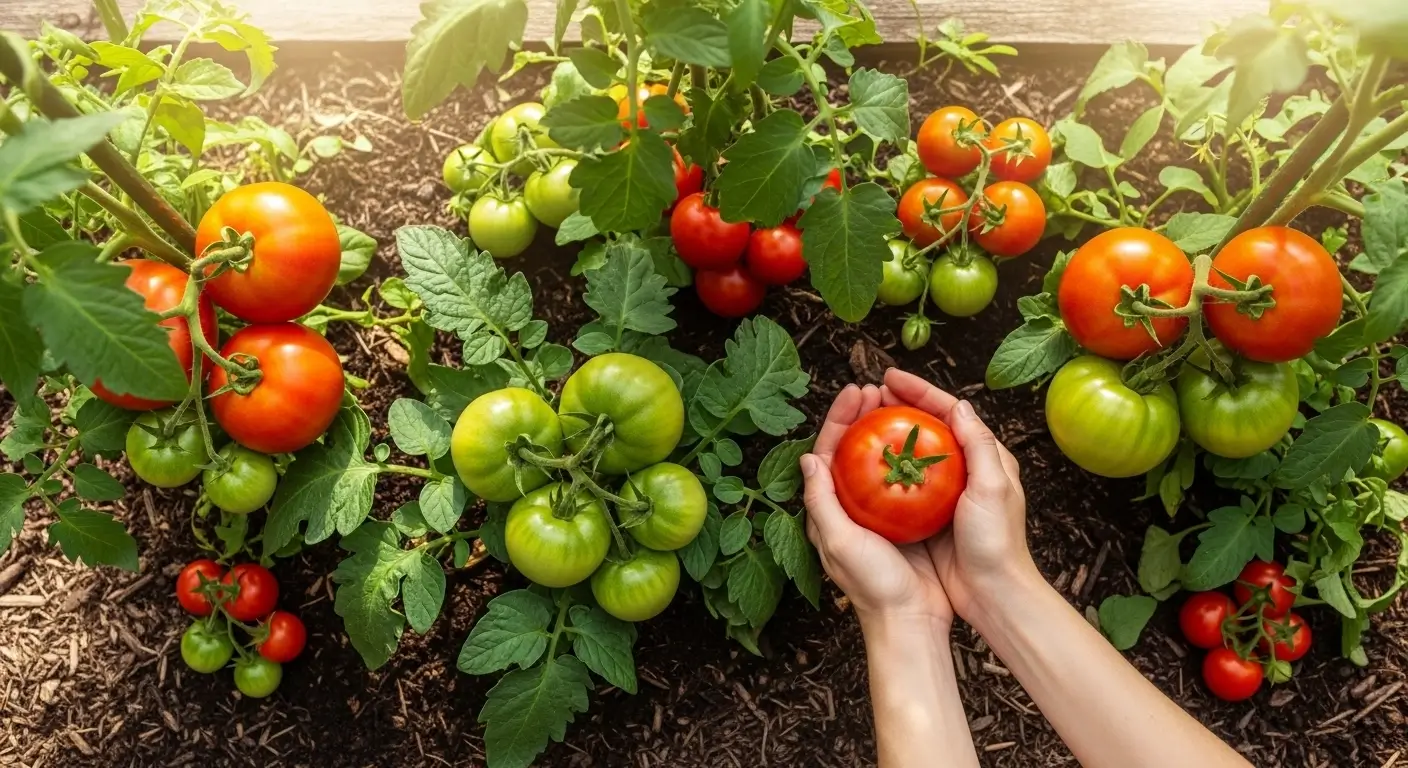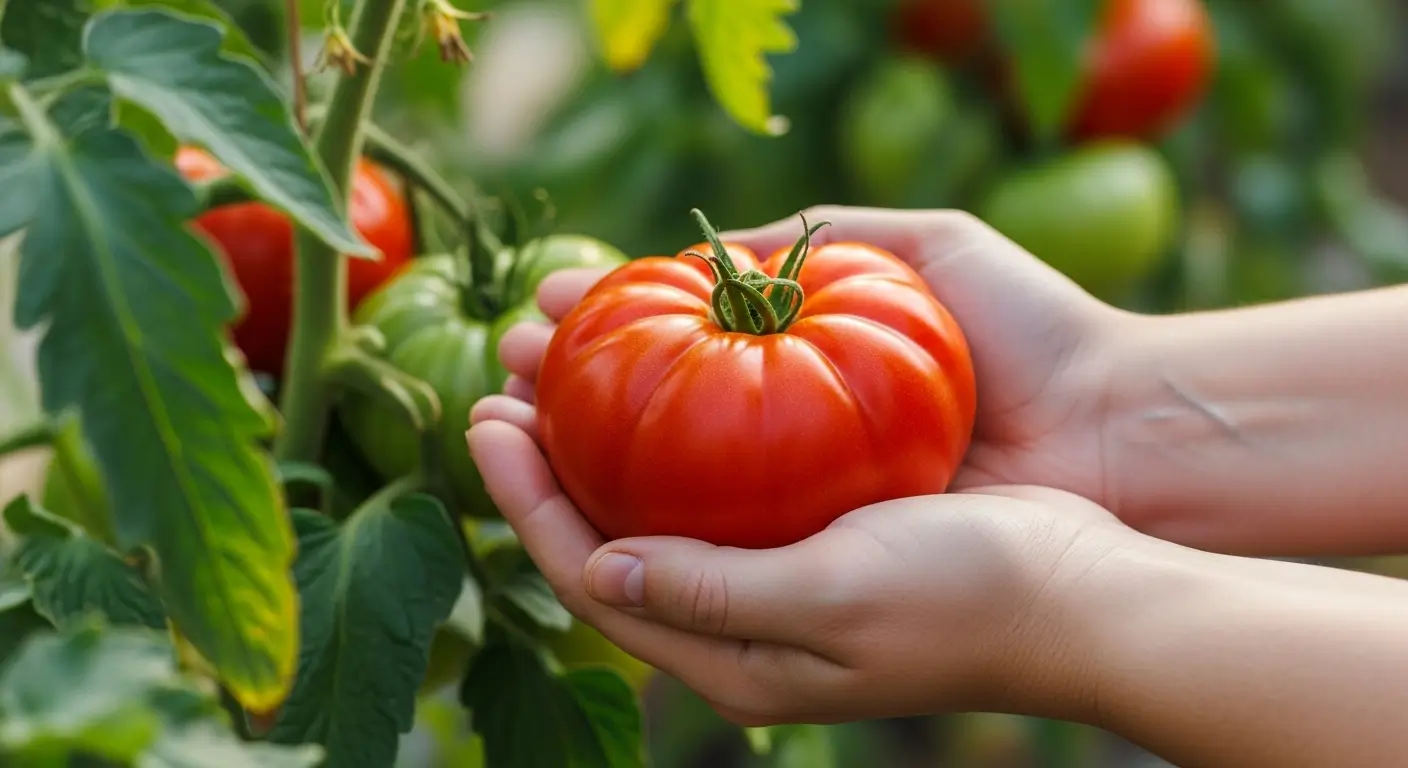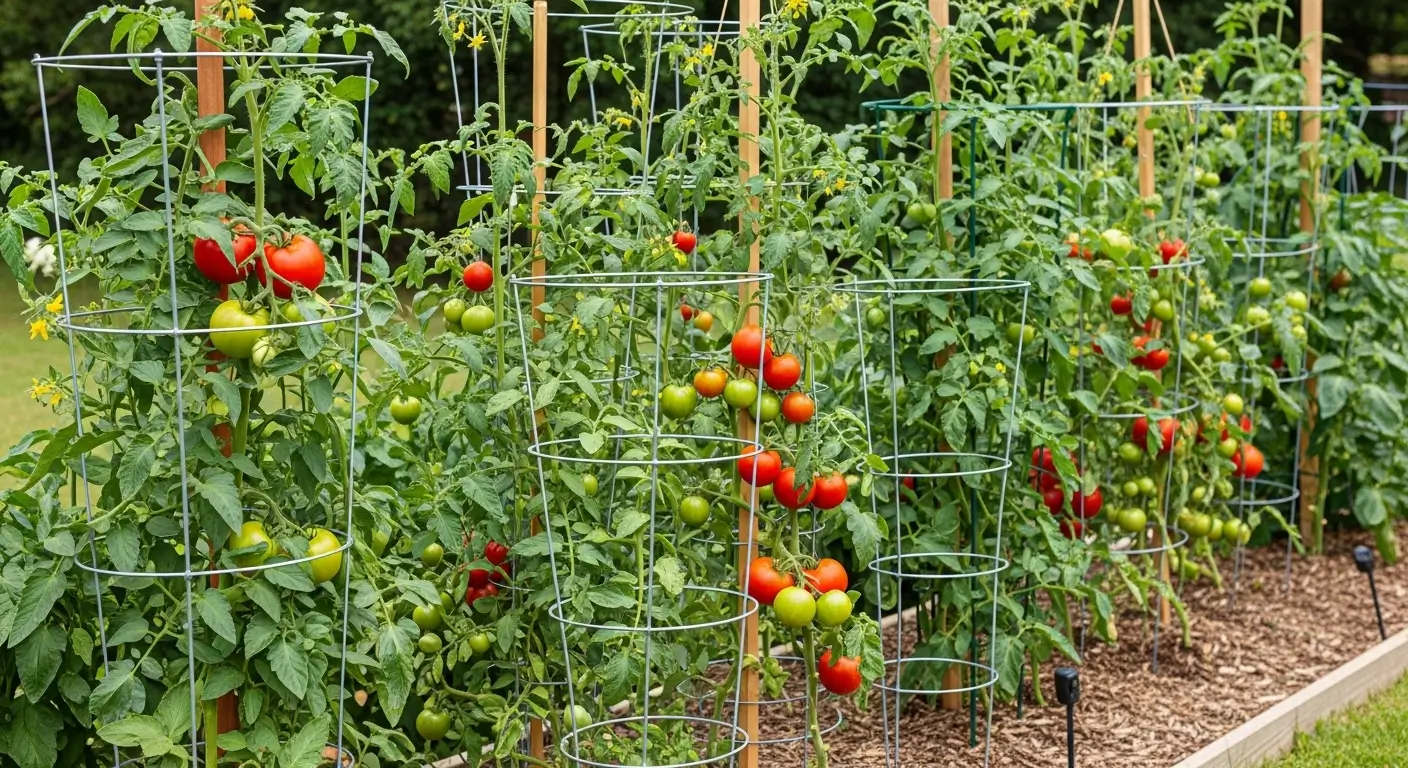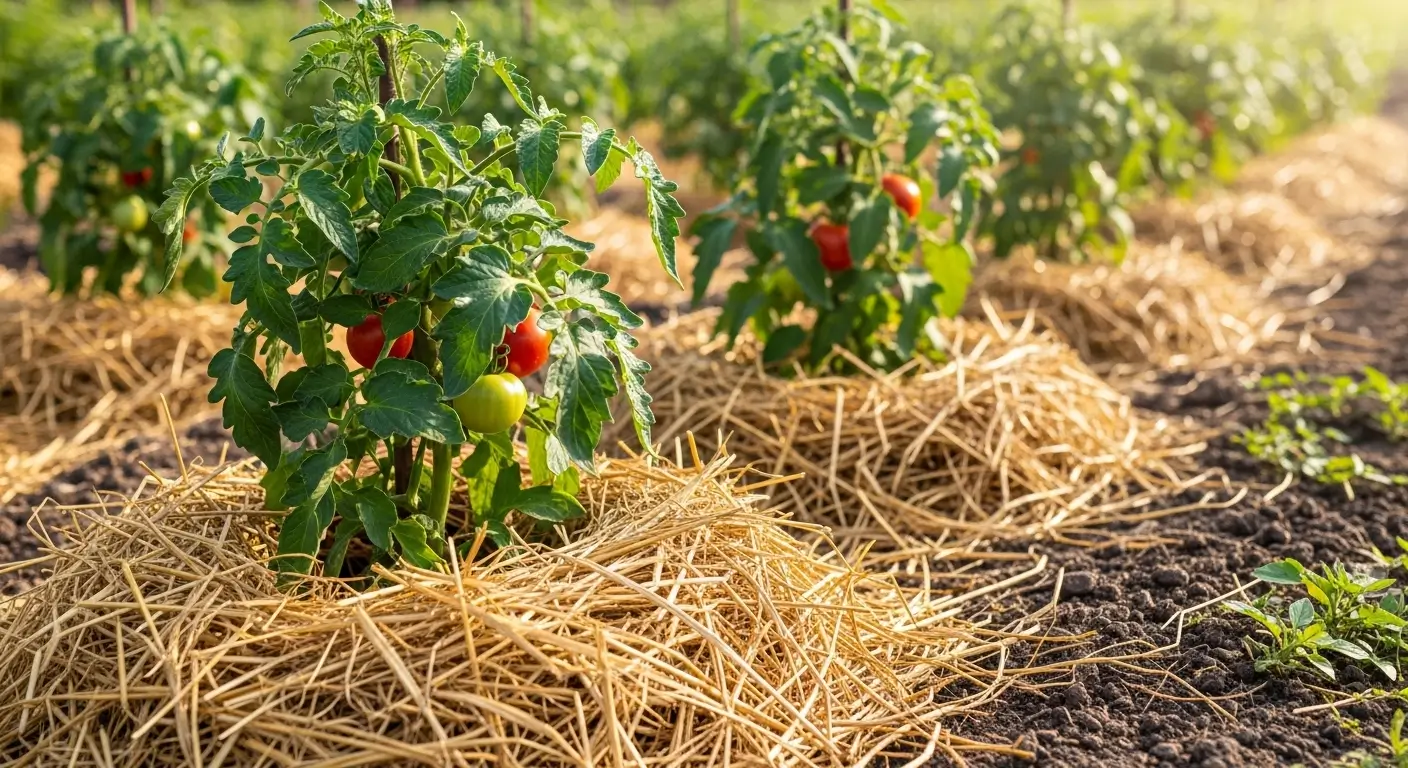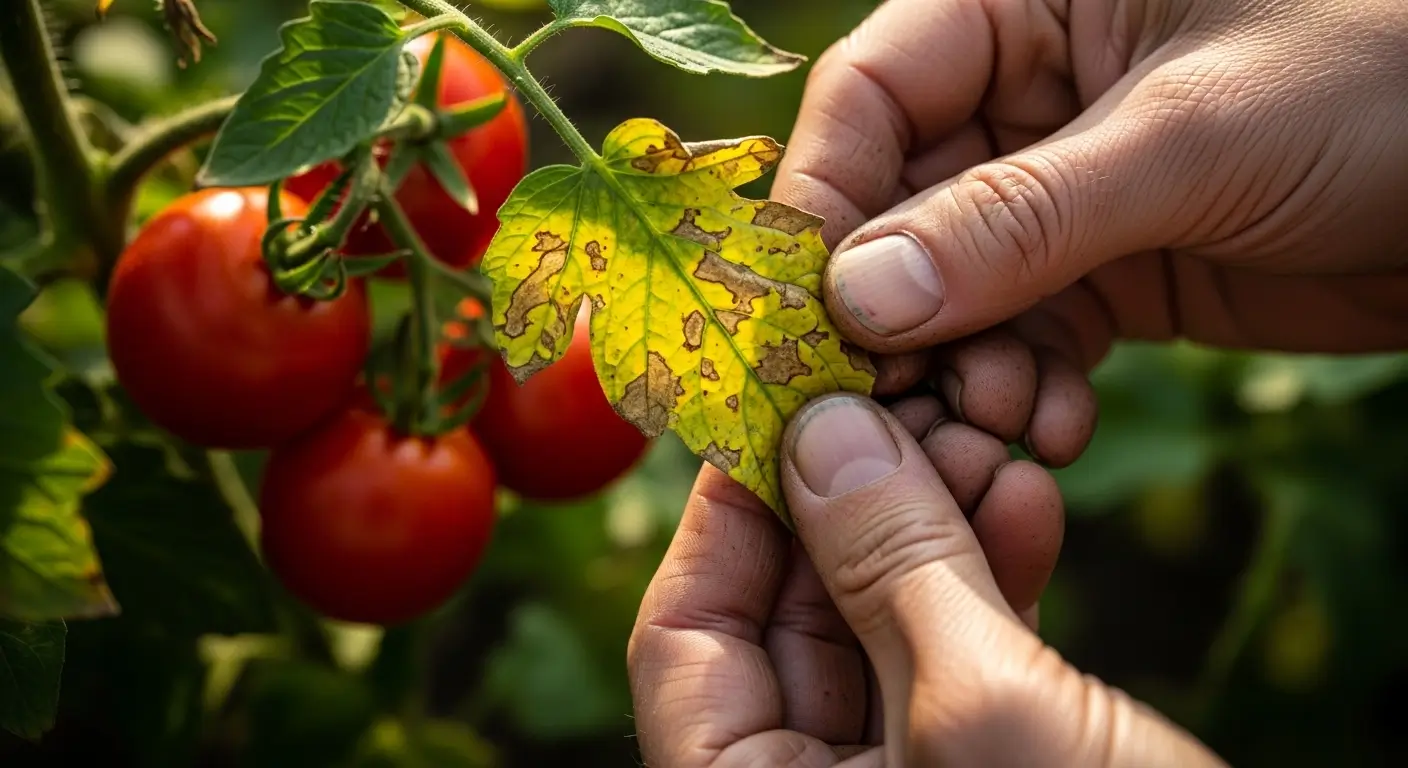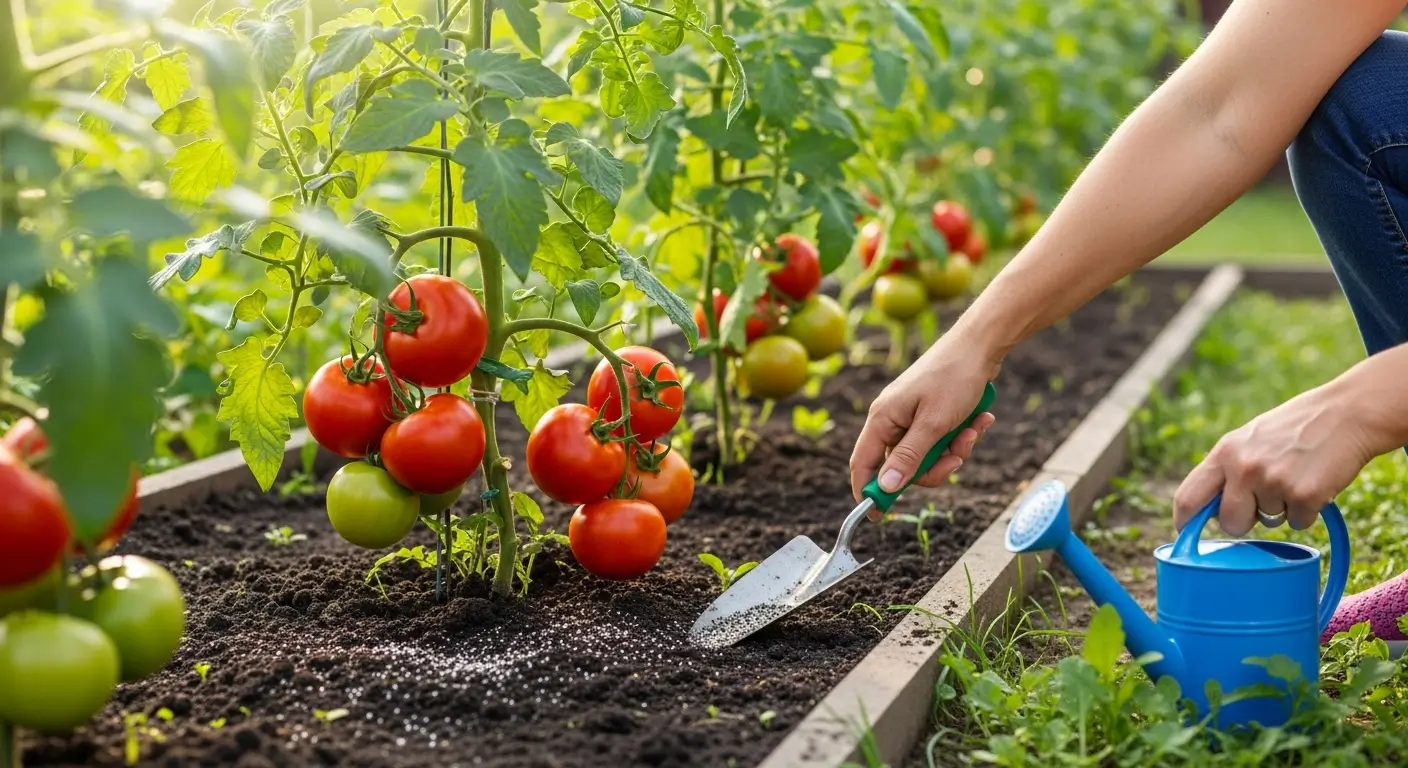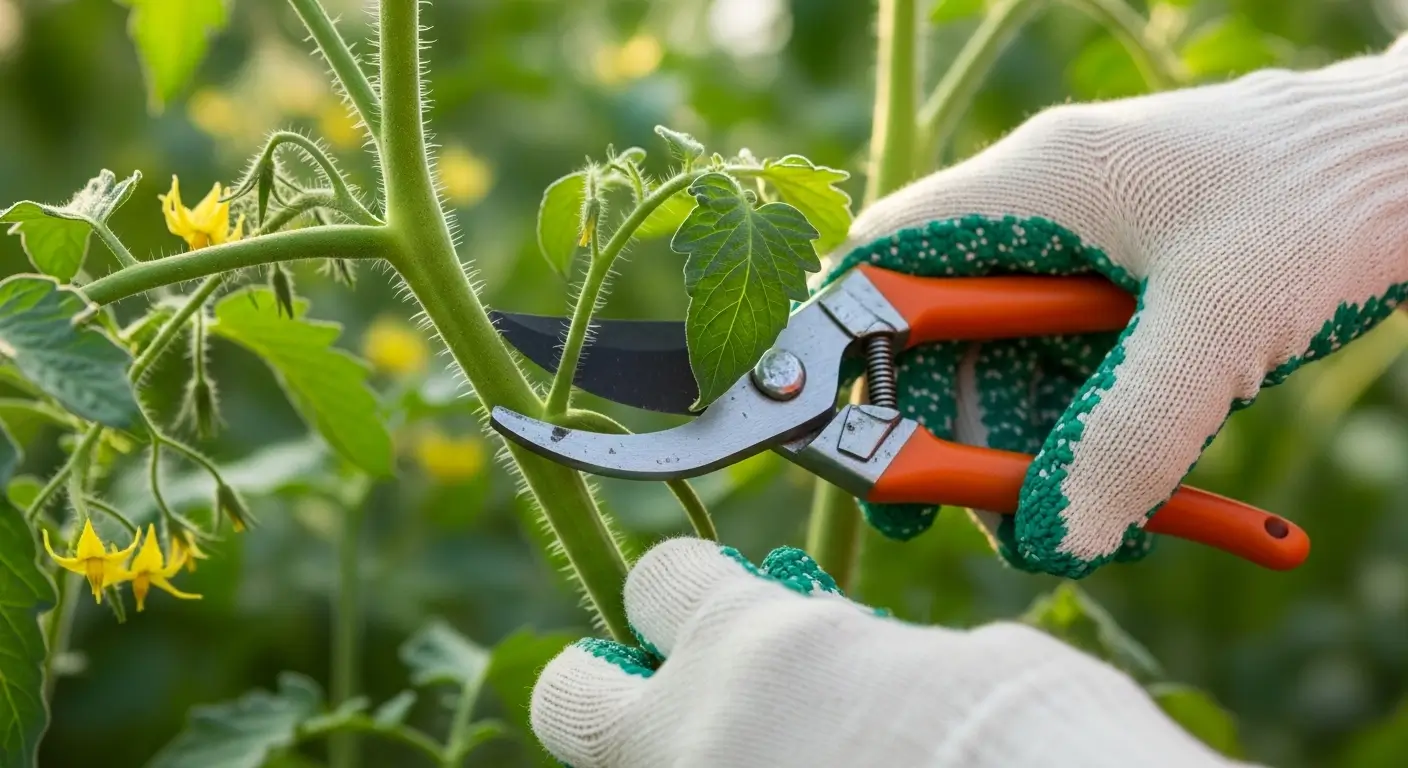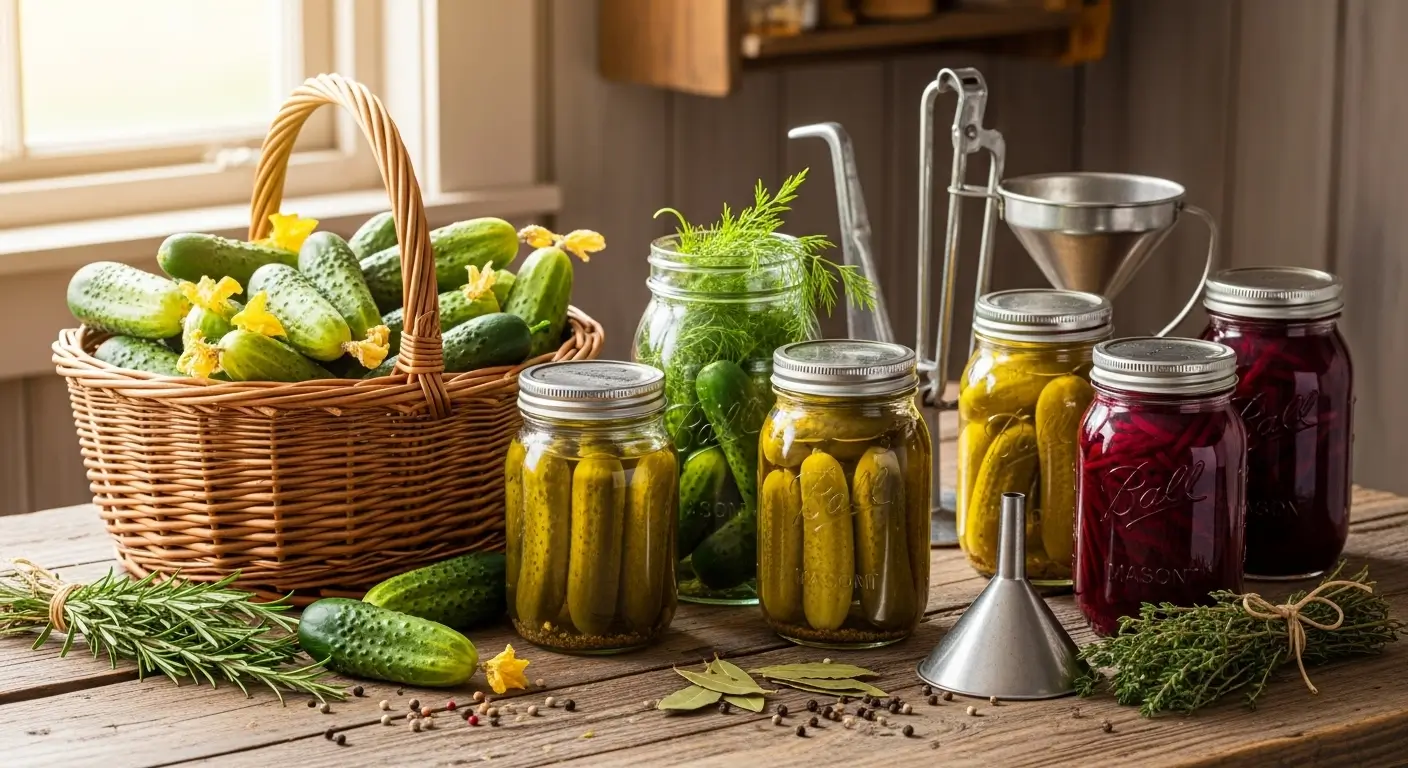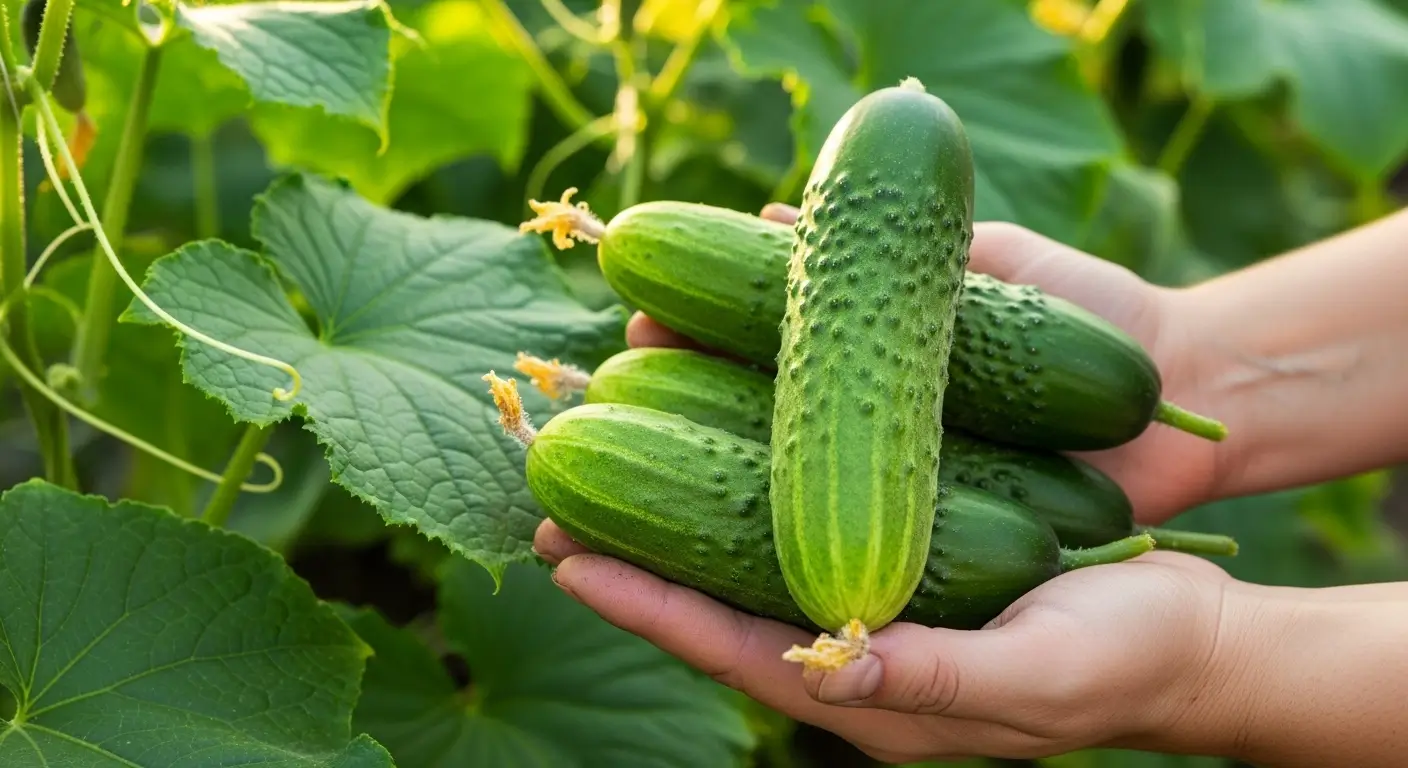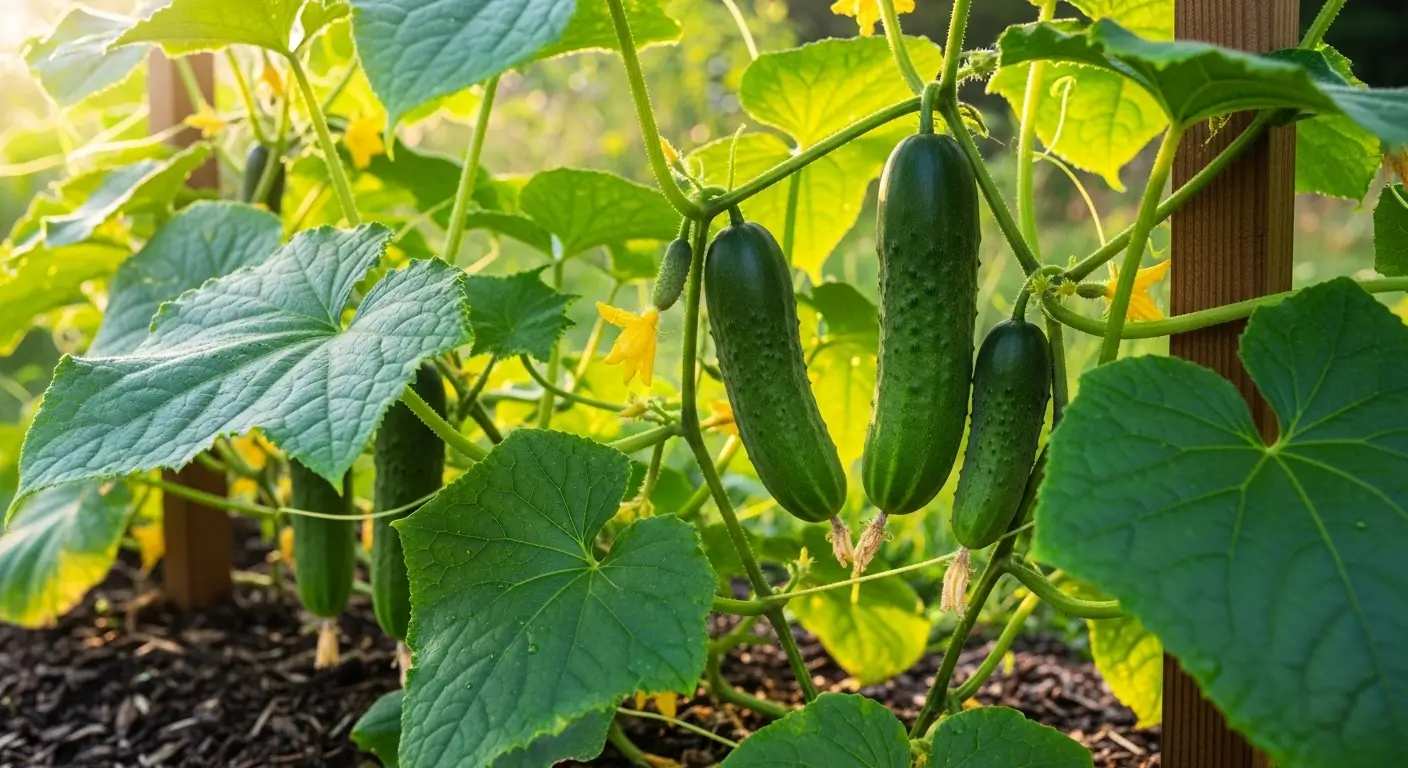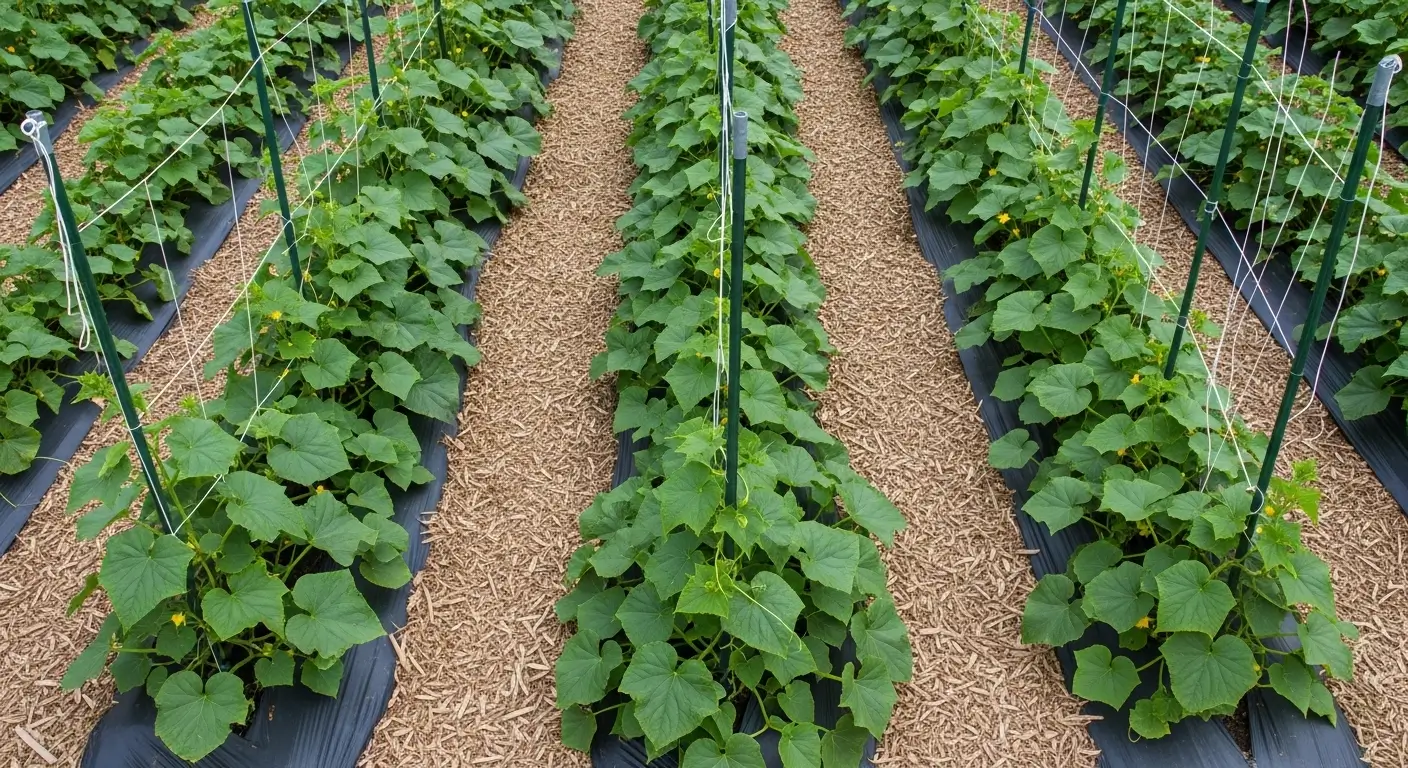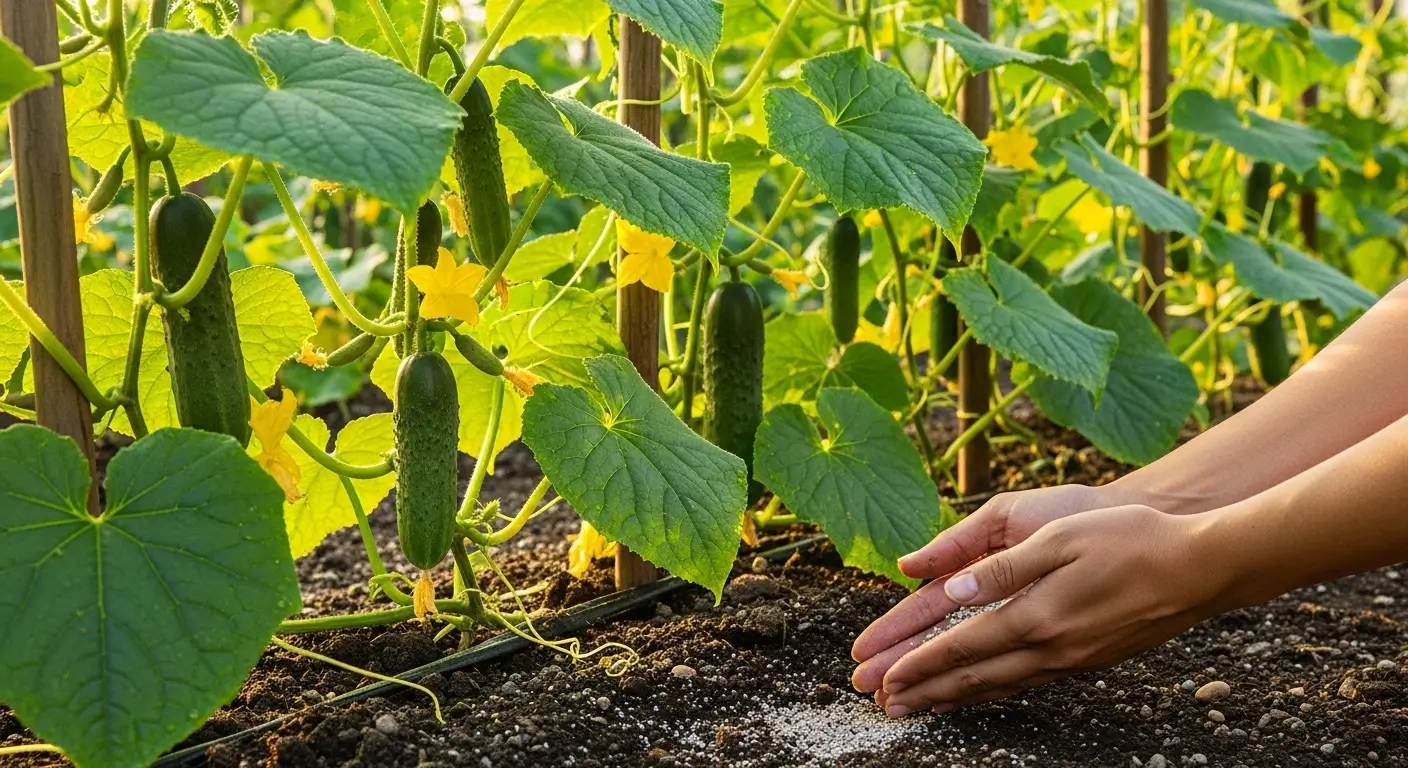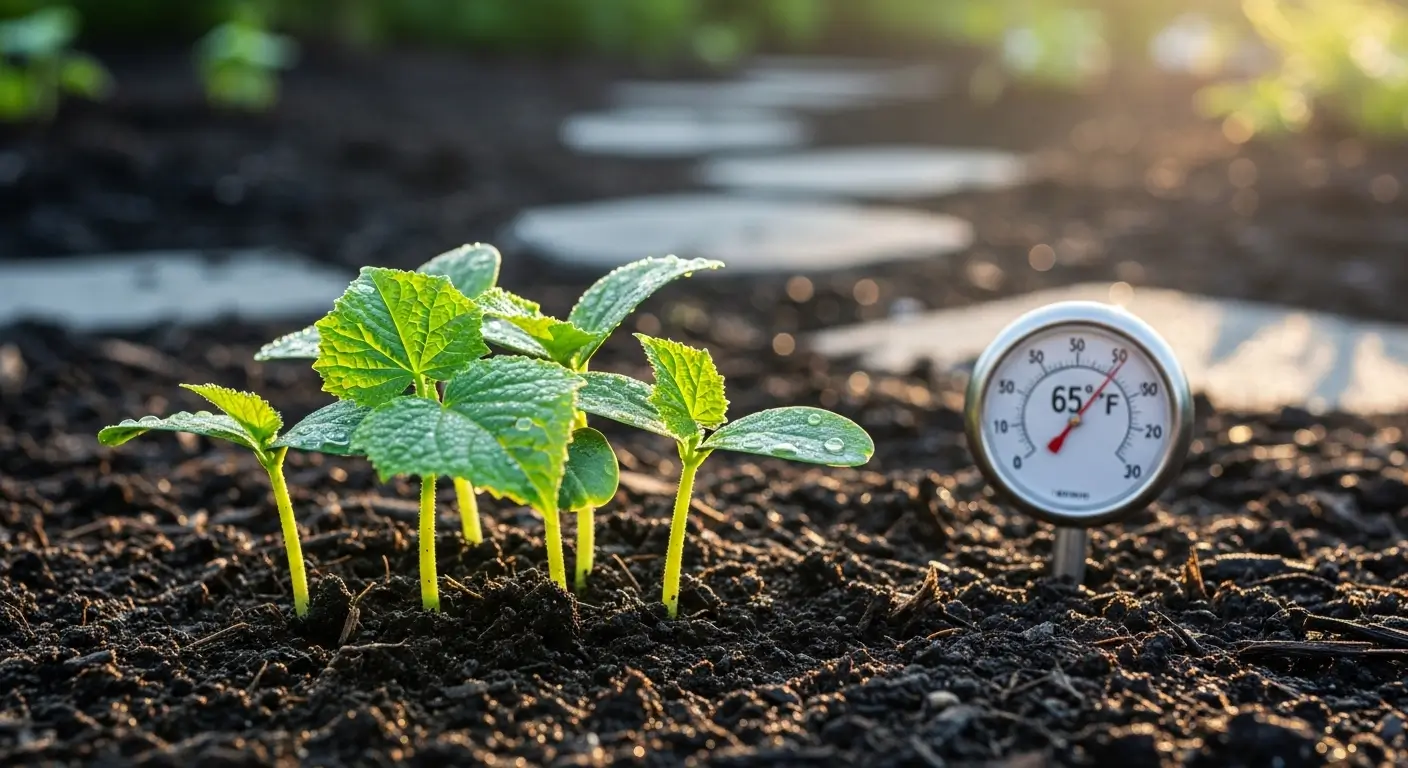Learning how to grow tomatoes changed my entire gardening game. Okay, can we talk about tomatoes for a minute? Because honestly, once you’ve tasted a tomato that you grew yourself – warm from the sun, bursting with actual flavor – you’ll never want to return to those sad, flavorless things they sell at the grocery store. I’m not even kidding here.
I’ve been messing around in my garden for about fifteen years now, and let me tell you, I’ve killed my fair share of tomato plants. Like, embarrassingly so. But here’s the thing – all those failures taught me what actually works, and now I’m swimming in tomatoes every summer. My neighbors probably think I’m crazy because I get genuinely excited about growing fruit that’s just hanging there.
So, whether you’re totally new to this whole gardening thing (don’t worry, we’ve all been there) or you’ve been at it for a while but your tomatoes keep disappointing you, I’m gonna walk you through everything I wish someone had told me when I started learning how to grow tomatoes successfully. Trust me, once you get the hang of it, you’ll be that person giving away bags of tomatoes to anyone who’ll take them.
Table of Contents
Choosing the Right Tomato Varieties for Your Garden
Oh boy, here’s where things get overwhelming fast. There are literally thousands of tomato varieties out there. When I started figuring out how to grow tomatoes, I stood in the garden center for an hour just staring at seed packets. I mean, what the heck is a ‘Mortgage Lifter’? And why would anyone name a tomato ‘Black Krim’?
Understanding Tomato Plant Types
Alright, so here’s the first thing you gotta wrap your head around – not all tomato plants are the same. There are basically two types, and this choice will affect everything else you do.
Determinate tomatoes are like the sprinters of the tomato world. They grow to 3-4 feet, dump all their tomatoes on you at once (seriously, all at once), and then they’re done. These are awesome if you want a huge harvest for making sauce or if you don’t have much space. Roma and Celebrity are the classics here.
Indeterminate varieties are the marathon runners – they just keep going and going until frost kills them. These bad boys can get 6-8 feet tall and keep giving you tomatoes all season. Most of those fancy heirloom varieties you hear people raving about are indeterminate.
I learned this the hard way when I planted six indeterminate plants in my tiny first garden. By July, I couldn’t even find my way to the back fence without a machete. It was like a tomato jungle in there!
Popular Tomato Varieties by Use Case
Let me save you some trial and error here and tell you about the varieties that have actually worked for me:
For eating fresh: Cherokee Purple is hands down my favorite. It’s this gorgeous dusky purple color and tastes absolutely incredible. Brandywine is another winner, though it takes forever to ripen (patience, grasshopper). If you want something more reliable, any of the Beefsteak varieties, like Big Boy, will give you those huge, meaty tomatoes that make epic sandwiches.
For snacking: Sun Gold cherry tomatoes are basically garden candy. I’m not exaggerating – my neighbor’s kids literally raid my plants. I’ve caught them red-handed with juice running down their chins. Sweet 100 is another great cherry type, and Black Cherry adds some serious wow factor to salads.
For sauce making: San Marzano paste tomatoes are the holy grail for making your own sauce. They’re pricier and pickier, but oh my god, the sauce. Roma is way easier to find and still makes excellent sauce – I grow both because I’m slightly obsessed.
Climate-Specific Variety Selection
Here in Illinois (Zone 5b, if you care about that stuff), I’ve learned that picking the right varieties can make or break your season. When we get those late spring frosts or surprise early fall cold snaps, short-season varieties like Early Girl and Stupice are absolute lifesavers.
If you’re dealing with crazy hot summers, you’ll want heat-tolerant varieties like Phoenix and Heatmaster. I learned this during one brutal summer when all my regular plants just gave up, but my neighbor’s Phoenix plants kept cranking out tomatoes like nothing happened.
Soil Preparation and Optimal Planting Conditions
Okay, I know this sounds boring, but stick with me here because this is where I used to totally mess up when I was learning how to grow tomatoes. I used to think you could stick plants in whatever dirt you had and call it good. Spoiler alert: you can’t. Three dead plants and a lot of frustration later, I figured that out.
Creating the Perfect Tomato Growing Environment
Tomatoes are surprisingly picky about their dirt. They like it slightly acidic – somewhere between 6.0 and 6.8 on the pH scale. I bought one of those cheap digital pH meters (like $15 on Amazon) and it’s honestly saved me so much heartache.
A few years back, my soil tested at 7.2, which is too alkaline. I added some sulfur and compost, and wow – the difference was like night and day. Healthier plants, better fruit, way fewer problems.
My soil improvement game plan is pretty simple:
- Compost: I dump 2-3 inches of homemade compost on my tomato beds every spring
- Aged manure: Mixed in during fall so it has time to chill out
- Organic stuff: Leaf mold, shredded leaves, whatever I can get my hands on
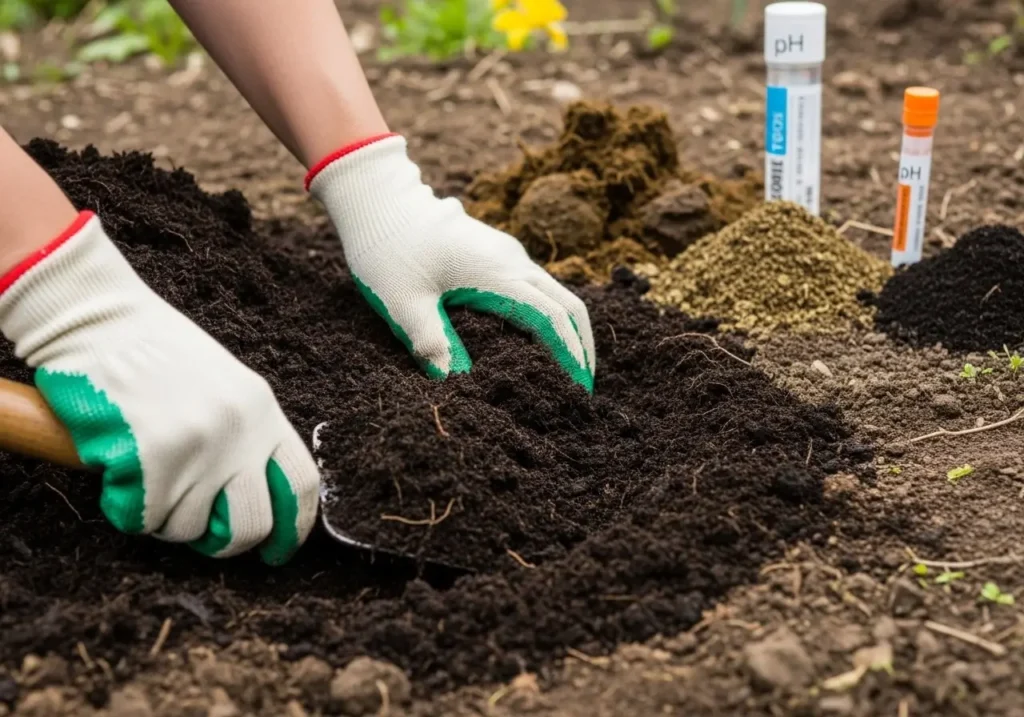
Advanced Soil Enhancement Techniques
Alright, this is where I get a little nerdy, but bear with me because this stuff actually works:
Mycorrhizal fungi sound super fancy, but it’s good fungi that help your plants eat better. I sprinkle about a teaspoon in each planting hole. The root development difference is crazy noticeable.
Biochar has been my secret weapon. I make my own by burning pruned branches (safely, don’t burn your house down), then crushing up the charcoal and mixing it into my compost. It makes the soil better for years.
Calcium stuff prevents that gross black rot on the bottom of tomatoes (blossom end rot). I use gypsum because it doesn’t mess with the soil pH like lime does.
Seed Starting vs. Transplant Selection
Growing from seeds opens up this whole world of crazy varieties you’ll never find at the garden center. I start mine indoors about 6-8 weeks before our last frost (usually around mid-March here).
My setup isn’t fancy – heat mat, basic grow lights, seed trays. The key is keeping the soil around 70-75°F. I get about 85-90% of my seeds to sprout this way.
The hardening off thing is super important, but everyone rushes it. Start by putting your baby plants outside in a protected spot for an hour, then gradually increase it over a week or so. The year I skipped this step properly, I lost half my seedlings to shock. Oops.
Planting Techniques for Maximum Root Development
Here’s something most guides don’t tell you – how you actually plant these things makes a huge difference. I learned this trick from this old guy at my garden club, and it totally changed my game.
Optimal Planting Depth and Spacing
So here’s the weird thing – you can bury 2/3 of the tomato stem underground. See those little fuzzy hairs on the stem? Those turn into roots when you bury them. Who knew, right?
I actually dig trenches instead of holes and lay the plants almost sideways with just the top leaves sticking up. It looks super weird at first, but in two weeks, you’ll have these powerful plants.
And don’t crowd them! I used to try to cram as many plants as possible into my space. Big mistake. Give indeterminate varieties at least 3 feet between plants. I learned this during what I now call “The Great Tomato Disaster of 2019”, when my overcrowded plants turned into a disease nightmare.
Companion Planting Strategies
Companion planting isn’t just some hippie nonsense – I’ve actually seen it work. Basil near tomatoes might improve the flavor (can’t prove it scientifically, but my taste buds don’t lie). Marigolds help with nematodes, and nasturtiums act like aphid magnets to keep them off your tomatoes.
What not to plant nearby: anything in the cabbage family, and definitely stay away from black walnut trees. I lost an entire bed of tomatoes one year because I didn’t know the tree was poisoning my tomatoes. Expensive lesson learned.
Sunlight, Temperature, and Microclimate Management
Light and temperature stuff has taken my tomato growing from “meh” to “holy cow, look at all these tomatoes!” Tomatoes need real, actual full sun – not that dappled light that we tell ourselves is “almost full sun.”
Light Requirements and Positioning
I actually measure sunlight with an app on my phone (surprisingly accurate!). Spots getting less than 6 hours of direct sun consistently give you fewer, smaller, less tasty tomatoes.
When I had to grow in a partially shaded spot, I used aluminum foil as mulch to bounce more light onto the plants. It helped some, but full sun is always gonna be better.
Temperature Optimization
Soil temperature matters as much as air temperature. I use black plastic mulch or those water wall things to warm up the soil in spring. My soil thermometer (another cheap but super helpful tool) helps me track what’s going on down there.
If night temps drop below 55°F or go above 75°F, your flowers might fall off without making tomatoes. I found this out during a cool spring when my plants bloomed like crazy but didn’t set any fruit for three weeks straight.
Creating Beneficial Microclimates
I’ve gotten pretty good at creating little perfect spots in my garden:
- Wall spots: My south-facing garage wall soaks up heat all day and protects from north winds
- Water walls: Those tomato cage things filled with water provide thermal mass
- Mulch: Organic mulch keeps soil temperatures steady and holds moisture
Advanced Watering and Irrigation Systems
Okay, watering is probably where most people mess up when they’re learning how to grow tomatoes. I used to water a tiny bit daily, thinking I was being super attentive. Turns out I was creating wimpy root systems and making disease problems worse.
Watering Best Practices
The secret is deep, less frequent watering. I water twice a week, giving them about an inch each time. I do the finger test – stick your finger 2 inches into the soil, and if it’s still moist, they don’t need water yet.
Water in the morning! Wet leaves overnight are like rolling out the red carpet for fungal diseases. I learned this during a humid summer when my evening watering routine led to an early blight disaster.
Irrigation System Options
After years of standing there with a hose, I finally invested in drip irrigation. Game changer. The plants get consistent moisture, I have way fewer disease problems, and I save hours every week.
If you’re on a budget, soaker hoses work well too. Just snake them around the base of your plants and cover with mulch. Pro tip: check them occasionally – a mouse once chewed through mine and created this epic fountain in my garden.
Comprehensive Fertilization and Nutrition Program
Feeding tomatoes is like conducting an orchestra – timing and balance matter. I’ve killed plants by over-feeding them (oops), and I’ve starved them by under-feeding. Finding that sweet spot takes some practice.
Understanding Tomato Nutritional Needs
Early in the season, tomatoes want more nitrogen for getting leafy – I use fertilizer with a 3-1-2 ratio. Once they start flowering, I back off the nitrogen so they focus on making fruit instead of just getting bigger and leafier.
Calcium is essential for preventing the gross black rot on the bottom of fruits. Don’t try to fix this mid-season (it rarely works) – make sure you’ve got adequate calcium from the start.
Organic vs. Synthetic Fertilizer Strategies
I’ve tried both approaches extensively. Organic feeding with compost tea and fish emulsion definitely produces better-tasting tomatoes. The soil stays healthier, too.
But synthetic fertilizers can be more predictable if you’re just starting out. Those controlled-release fertilizers like Osmocote take all the guesswork out of feeding schedules.
Specialty Fertilization Techniques
Foliar feeding with liquid kelp during flowering has really improved my fruit set. I spray early morning when it’s cool, but the stomata are open.
Epsom salt applications help prevent magnesium deficiency (shows up as yellowing between the leaf veins). I sprinkle about a tablespoon around each plant mid-season.
Plant Support, Staking, and Pruning Methods
Supporting your plants properly will save you so much heartache later. My entire seasons were ruined when my support systems collapsed under heavy fruit loads. Not fun.
Support System Options
Those tomato cages from the garden center? It’s useless for anything except determinate varieties. I learned this when my Cherokee Purple plants outgrew their cages by July and face-planted in a storm.
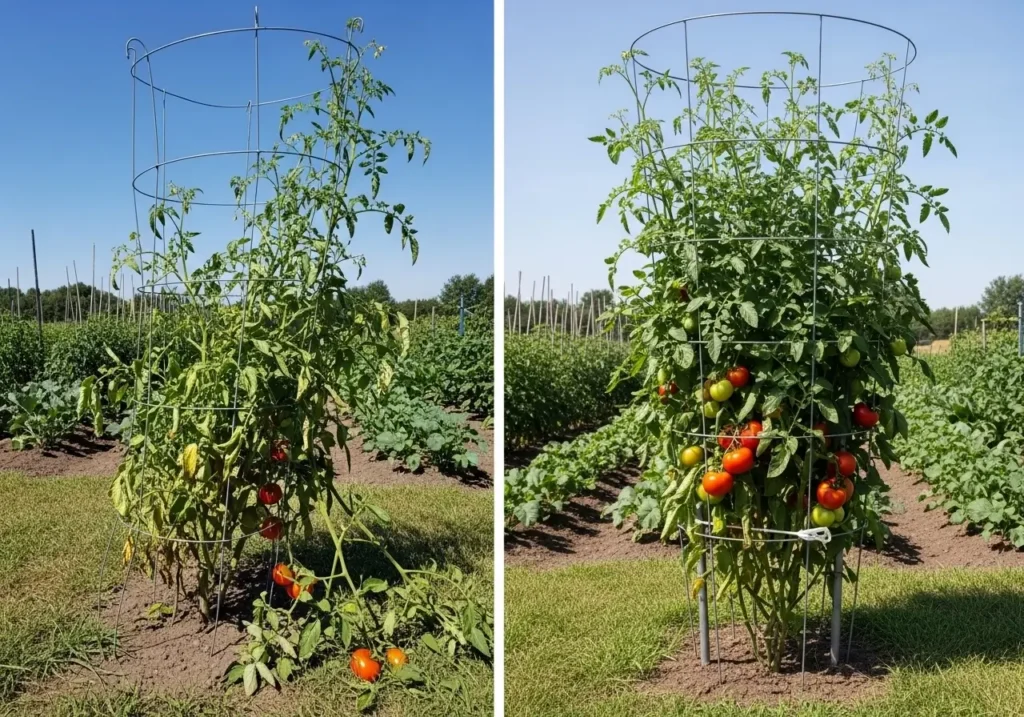
Now I use heavy-duty welded wire cages (6 feet tall) or sturdy stake-and-string systems. I built permanent trellises using cattle panels for my past tomatoes – powerful and lasting forever.
Pruning and Training Techniques
Sucker removal confuses everyone at first. Suckers are those shoots that grow between the main stem and branches. I pinch them off when they’re small (2-3 inches) with my fingers.
I also gradually remove lower leaves as the season goes on – it improves air circulation and reduces disease pressure. But don’t go crazy and strip everything at once.
Advanced Training Methods
The Florida weave method has become my go-to for supporting multiple plants. You run string between posts in a figure-8 pattern around the plants, adding new levels as they grow. It is way faster than individual staking and super strong.
In my greenhouse, I use vertical strings for each plant. Maximizes space and makes pruning way easier.
Integrated Pest and Disease Management
Prevention is so much easier than trying to fix problems after they start – trust me on this. I’ve lost entire crops to preventable diseases because I got lazy about basic stuff.
Common Tomato Diseases
Early blight shows up as brown spots with rings on the lower leaves. It’s super common and spreads like wildfire in humid weather. Good spacing and air circulation are your best bets.
Late blight is the scary one – it can kill plants in days. Prevention through resistant varieties and not watering overhead is key.
Bacterial wilt is heartbreaking because there’s literally nothing you can do once it hits. Plants look fine one day, but they will be wilted entirely the next. Crop rotation and being careful not to damage roots help prevent it.
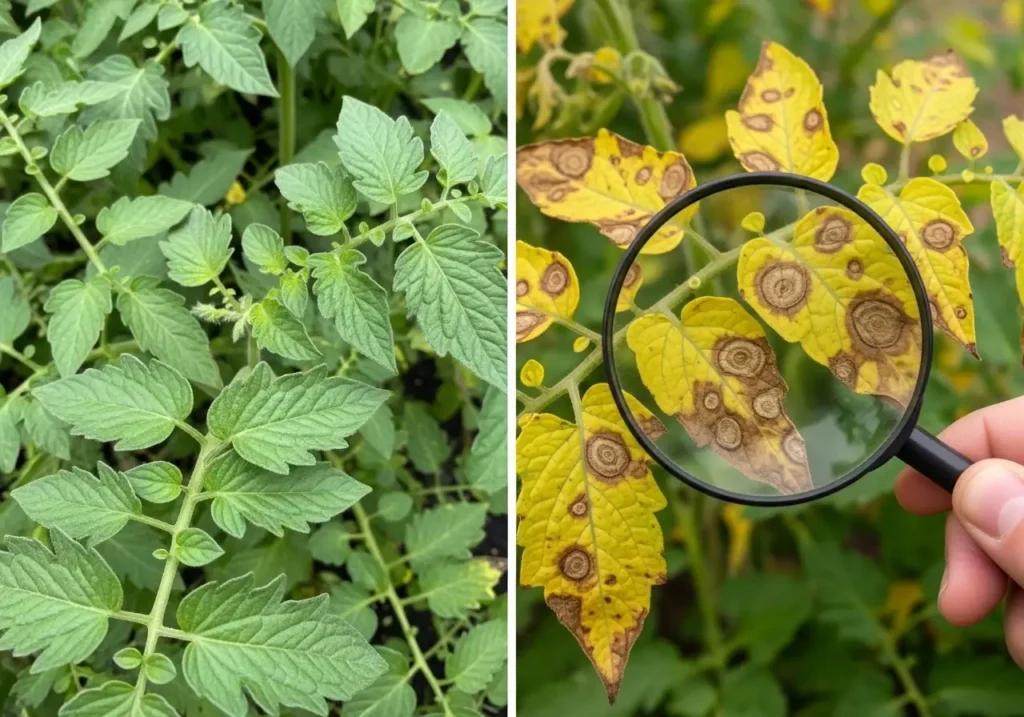
Pest Identification and Control
Hornworms are my absolute nemesis – they can strip a plant overnight. I hand-pick them (they’re actually cool looking), but if that grosses you out, BT spray works great.
Aphids and whiteflies respond well to beneficial insects. I plant little flowers nearby to attract the good bugs. Yellow sticky traps help you see what’s going on, too.
Preventive Disease Management
Crop rotation is non-negotiable – I never plant tomatoes in the same spot more than once every four years. This breaks disease cycles.
Good air circulation is huge. Space plants properly and prune strategically. Mulch prevents soil from splashing onto leaves, which spreads a lot of fungal problems.
Container Growing and Small Space Solutions
Don’t let limited space stop you! Some of my best tomatoes have come from containers, and I’ve helped many apartment dwellers grow amazing container gardens.
Container Selection and Setup
Size really matters with container tomatoes. Determinate varieties need at least 20-gallon containers; indeterminate varieties should have 30+ gallons. I’ve tried smaller – the plants survive, but never thrive.
Drainage is absolutely critical. Drill extra holes and use pot feet. Waterlogged containers kill tomato roots fast.
My container mix: 1/3 compost, 1/3 coconut coir, 1/3 perlite, plus slow-release fertilizer. Drains well but holds moisture.
Indoor and Greenhouse Growing
Growing tomatoes indoors requires serious light – at least 14-16 hours daily under grow lights. LED lights work well and don’t generate as much heat.
You’ll need to hand-pollinate indoors. I use a small paintbrush to move pollen between flowers every few days during flowering.
Temperature swings between day and night are essential for proper fruit development. Steady temps actually reduce yields.
Harvesting and Post-Harvest Handling
Getting your timing right can mean the difference between good tomatoes and absolutely mind-blowing ones. I’ve learned that patience usually pays off, but you can also wait too long.
Determining Optimal Harvest Timing
I harvest most varieties when they show full color but are still slightly firm. They’ll keep ripening off the vine and develop better flavor than if you let them get mushy on the plant.
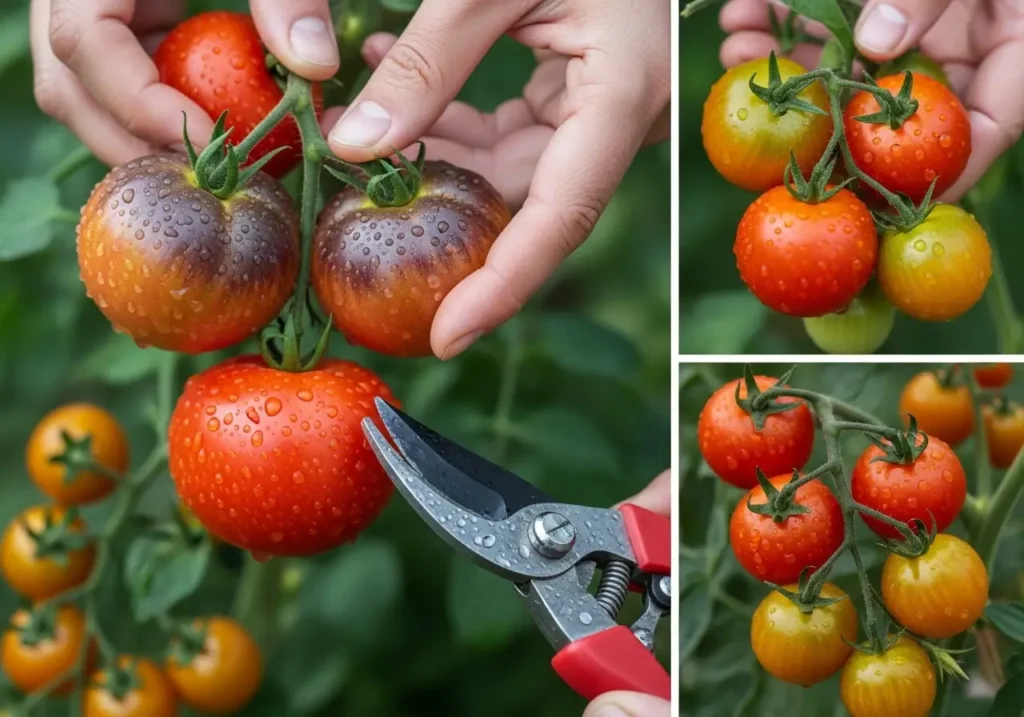
Each heirloom variety has its own indicators – Cherokee Purples get those dusky purple shoulders, Green Zebras get yellow stripes. You learn to read them.
Harvest Techniques and Storage
I use sharp pruners and leave a little stem stub. This prevents the “belly button” area from becoming a bacterial entry point.
For long-term storage, I pick green tomatoes before the first frost and ripen them indoors. Wrap individual fruits in newspaper and store at 55-60°F – they’ll ripen gradually over weeks.
Flavor Enhancement Techniques
Controlled water stress in the final weeks concentrates flavors significantly. I cut back watering by about 25% once fruits start showing color.
Morning harvest often gives better flavor than evening picking – something about cooler temps and higher sugar concentrations. Subtle difference, but noticeable.
Troubleshooting Common Problems
Even after fifteen years, I still run into problems. The key is figuring out what’s wrong quickly and doing something about it.
Fruit Development Issues
Blossom end rot (that gross black spot on the bottom) is usually from inconsistent watering, not calcium deficiency. Mulch and regular irrigation prevent most cases.
Cracking happens when plants get too much water after being dry. Consistent moisture and crack-resistant varieties help.
Poor fruit sets often come from extreme temperatures or too much nitrogen. If nights stay above 75°F or drop below 55°F, flowers might drop.
Plant Health Problems
Yellowing lower leaves is often just natural aging, especially late in the season. But rapid yellowing can mean nutrient problems or root issues.
Wilting could be due to drought, root disease, or bacterial wilt. Check soil moisture first, then look for other clues.
Key Takeaways for Successful Tomato Growing
After dumping all this info on you, here are the most important things to remember:
- Pick the right varieties for your situation – this one decision can make or break everything
- Invest time in soil prep – healthy soil creates healthy plants that fight off problems naturally
- Support and space properly – cramped, unsupported tomatoes always struggle
- Water deep but not often – builds strong roots and prevents disease
- Prevention beats treatment – good practices prevent most problems
- Be patient – this skill gets better with experience
Growing Your Best Tomatoes Yet
Look, mastering how to grow tomatoes isn’t just about following a bunch of rules. It’s about watching your plants, learning from your mistakes (and trust me, you’ll make them), and adapting to whatever your garden throws at you. I still kill plants sometimes, try varieties that disappoint me, and deal with weather that makes me want to give up gardening entirely.
But that’s part of what makes this so rewarding. Every season teaches you something new, and there’s seriously nothing like sharing a perfect tomato with someone who gets how much work went into growing it.
Ready to dive in? Start with just one or two varieties that sound good to you, focus on getting the basics right, and don’t be scared to try new things. For more specific help with growing tomatoes, including varieties that work well in your particular area, check out our other tomato resources.
What varieties are you thinking about growing? I’d love to hear about your tomato adventures – the wins, the epic fails, and everything in between. Please drop a comment and let’s keep talking about these amazing plants!
Frequently Asked Questions About Growing Tomatoes
What’s the difference between determinate and indeterminate tomatoes?
Think of determinates as the “bush” types – they stay compact (about 3-4 feet), give you all their tomatoes at once (perfect for canning!), then they’re basically done. Indeterminates are the “vining” types that just keep growing and giving you tomatoes until frost kills them. I always tell beginners to try a few of each to see what works better for their space and goals.
Can you grow tomatoes from store-bought tomatoes?
You can try, but honestly, you’ll probably be disappointed! Most store-bought tomatoes are hybrids, so the seeds won’t grow into plants like the parent. If you want to save seeds, stick with heirloom varieties – those will actually give you plants that match what you started with. Trust me, I learned this the hard way/
Why are my tomato plant leaves turning yellow?
Don’t panic – this happens to everyone! Usually it’s just the plant naturally aging (lower leaves yellow first), but it could also mean you’re watering too much, the plant needs nitrogen, or there’s some disease starting. Check your watering schedule first – that’s the most common culprit I see.
How often should I water tomato plants?
Here’s the thing – less frequent but deeper watering is way better than a little bit every day. I water mine twice a week, giving them about an inch each time. Stick your finger 2 inches into the soil – if it’s still moist, they don’t need water yet. This builds stronger root systems too/
My tomatoes bloom but don’t set fruit – why?
Oh, this is so frustrating when it happens! Usually it’s because nights are too hot (above 75°F) or too cold (below 55°F). Sometimes you’re feeding them too much nitrogen and they’re putting all their energy into leaves instead of fruit. Just be patient – when temperatures normalize, they’ll start setting fruit again.
When should I harvest tomatoes for the best flavor?
Pick them when they’ve got full color but are still slightly firm – they’ll actually taste better than if you let them get super soft on the vine. I always harvest in the morning when it’s cooler; the sugars seem more concentrated then. Don’t worry about picking them a tiny bit early – they’ll keep ripening on your counter.
Can you grow tomatoes indoors year-round?
Absolutely! But you’ll need some serious grow lights (14-16 hours a day) and you’ll have to play bee and hand-pollinate the flowers with a little paintbrush. It’s totally doable though – I know people who grow cherry tomatoes indoors all winter. Just manage your expectations on yield compared to outdoor growing.
